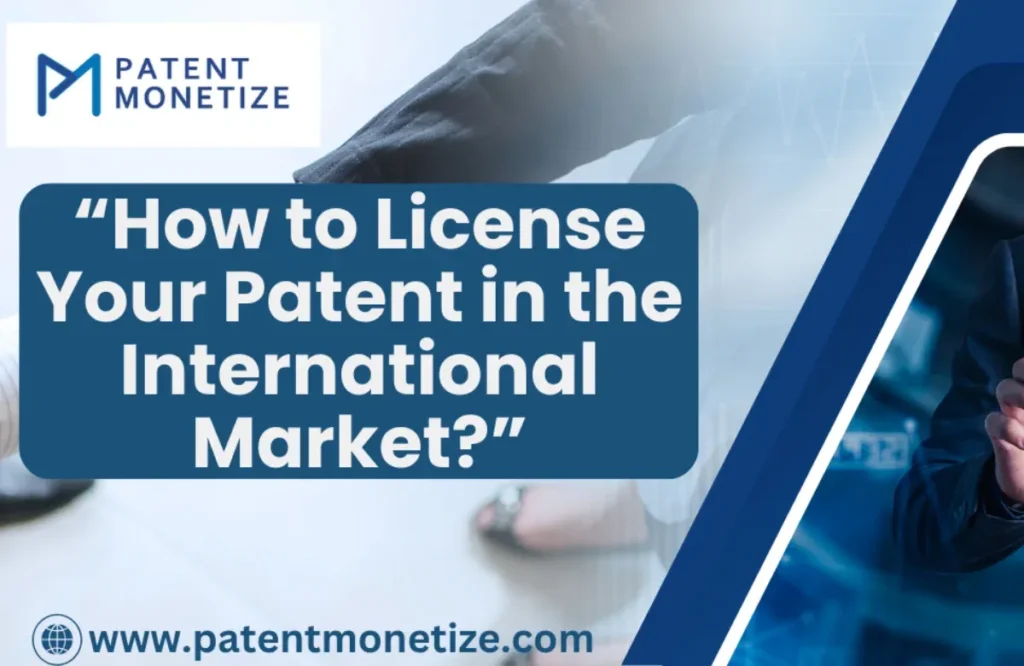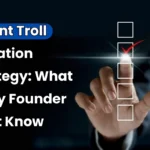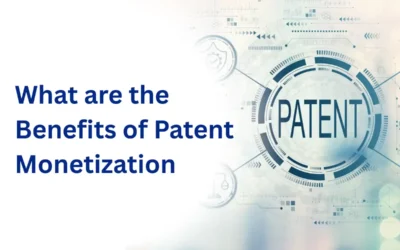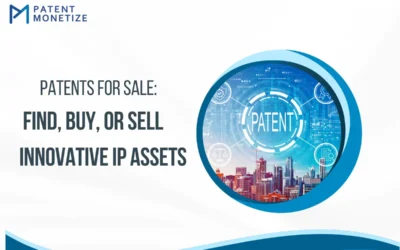
In the cases of inventions setting records, when the patent emerges as one of the most treasured assets individuals hold, such an asset must be protected-the intellectual property guarded by intellectual rights to it exclusively use it, sell or license an invention. Licensing a patent overseas also serves as one relatively very profitable way to broaden the scope of market coverage that otherwise would incur too much cost or hassle by setting up the operation in each and every country. With this article, we will be able to see the step to be undertaken, the options, and even what should not be forgotten with respect to the International patent licensing.. Patent licensing is giving the right to others either to use, make, or sell your patented inventions in well-defined terms and conditions. A license of a patent means that you remain the owner of the invention but grant another party known as the licensee to make use of your intellectual properties. You are usually entitled to royalty payments or one-off lump sum fees in return. International patent licensing is protects the invention globally
Some benefits of patent licensing
Licensing agreements may allow you to create regular streams of income: Your work earns regular income in the form of royalties. Based on the considerations above, you can have an idea about how the license will open up foreign markets for you without creating significant capitals. You will be able to minimize risks associated with manufacturing and distributing your works in foreign markets because you leave such assignments to local licensees.
Why License Internationally?
There are a myriad of reasons why you should license your patent internationally; of course, the most common reasons are listed below:
- Global Expansion: Licensing will probably be one of the more affordable options available for expansion outside your home country, should you consider moving your operations there. It will let you associate with local companies who know their market and regulations much better than you do.
- Income Generation: From the royalty received for licensing in other countries, you can derive handsome dollars. In case, you lack some amount of money to build your manufacturing unit outside the country then this will surely act as an advantage for you.
- Reduced Operational Costs: saved in operations as you are delegating the rights to the Licensee for manufacturing, marketing, and selling only, whereas the actual process is going to be carried out by the Licensee itself.
- Quicker Market Penetration: Team up with companies that are already established in a foreign country; this will hasten the entry and market acceptance. Companies in a local area already have their customer base, distribution networks, and understand the market.
Licensing Your Patent into the International Market
- Protect Your Patent Rights: Licensing your patent is only possible after your intellectual property rights are firmly established and well protected. Therefore, you should:
- Patent file your invention: The patent needs to be registered in your country and preferably, countries where you intend to license it.
- International patenting: Under the Patent Cooperation Treaty (PCT), it is possible to apply for a single international application, which may protect the inventions of interest in various countries. Another way of seeking protection would be by directly applying for patents in countries of interest.
- Awareness of the Market and Regulation Environment: Any international border crossing patent licensing requires one to be well aware of the markets involved. Conduct market research in areas of interest by considering some factors
- Market potential: Analyze the demand for your invention in the target markets. Consider market size, trends, consumer behavior, and competition.
- Regulations: Each country also has patent laws, product control policies, and Intellectual property protection rights of its jurisdiction; engage only from a domestic law firm patent consultant: Ensure that any representative you hire knows the broad needs and rules pertaining to granting a license out of the countries.
- Cultural and language differences: Identify how your product will be perceived in other countries and how you may adjust your licensing strategy to account for any language, cultural, and business practice differences.
- Find Possible Licensees: Your job is to identify the appropriate companies that would be interested in licensing your patent.
- Industries to research: Identify any companies in your industry that would be interested in licensing your product. Identify firms with the capacity to manufacture, distribute, or sell your product across borders.
- Trade Shows and industry shows: One of the best ways to identify a potential licensee is by attending an international trade show or patent exhibition. Large firms usually frequent such venues to look for new technologies and partnerships.
- Patent databases: You can search patent databases and find companies that already hold patents in a similar field for which they may be interested in complementary technologies.
- Patent brokers: Another option is to hire patent brokers that specialize in matching inventors with potential licensees.
Negotiation of terms in licensing demands patience, however, to have a sound patent license that stands profitable for a deal on the sides. This includes negotiation about the following among the terms you should negotiate for:
- The territorial scope of the license: define the type of license granted; an exclusive license is such a license, under which your patent can be utilized only by a single licensor in an agreed-upon territory, but for a non-exclusive license, one may utilize several parties at various territories.
- Royalty rate: This is the percentage of income generated by the licensee from your patent. Generally, on average in various industries, depending on market conditions, and after negotiation, ordinary royalties normally fall between 3% and 10%.
- Terms of payment: This aspect determines how you will be paid, either upfront, a milestone, or through sales through royalties. It defines the period of payment cycles, what has to be reported, and so forth.
- Duration: You should state the term of the license agreement, which can be for a few years or the whole term of the patent.
- Performance milestones: Include performance clauses that ensure the licensee will achieve certain sales or marketing milestones. If such milestones are not achieved, you may have the right to terminate the agreement.
- Drafting License Agreement: Once you’ve agreed on the terms, it’s time to formalize the deal with a licensing agreement. This legally binding document outlines all the terms and conditions of the agreement, including payment schedules, rights, responsibilities, and dispute resolution mechanisms. A licensing agreement should be carefully drafted to avoid misunderstandings and disputes later. It’s highly recommended to work with a lawyer who specializes in patent law and international licensing agreements.
- Monitor and Enforce the Agreement: Once you have a licensing agreement in place, you think that you are done. Wrong. Your work is still far from over. You will have to:
- Monitor compliance: Ensure that the licensee does everything that it agreed to, including paying royalties and achieving sales targets.
Read Also: Patent Licensing Solutions for Inventors and Creators?
Conclusion
Patent licensing for the international market is smart expansion, as it saves cost and risk but earns a good profit. This definitely requires good planning, research on the markets, and negotiations to protect your intellectual property and maximize its value. If you follow all of these steps-securing your patent rights, finding the best markets and licensees, negotiating good terms, and drafting an understandable agreement-you will be able to successfully license your patent abroad and take advantage of the global market.









